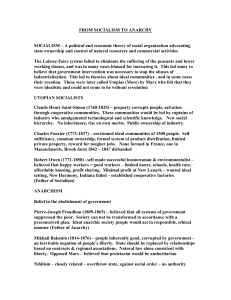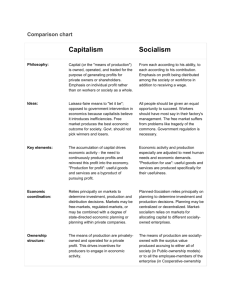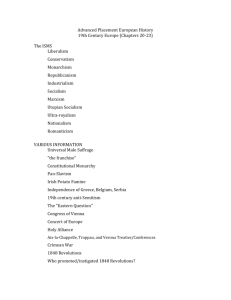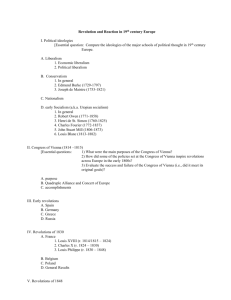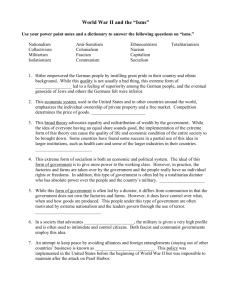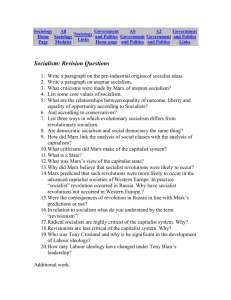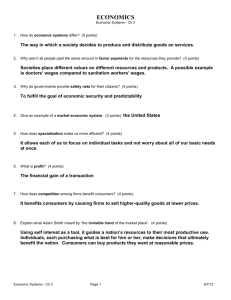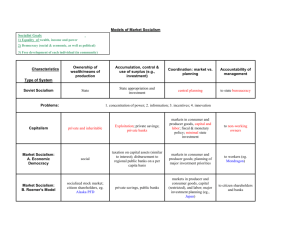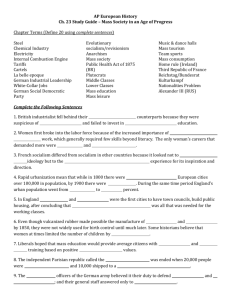Document
advertisement
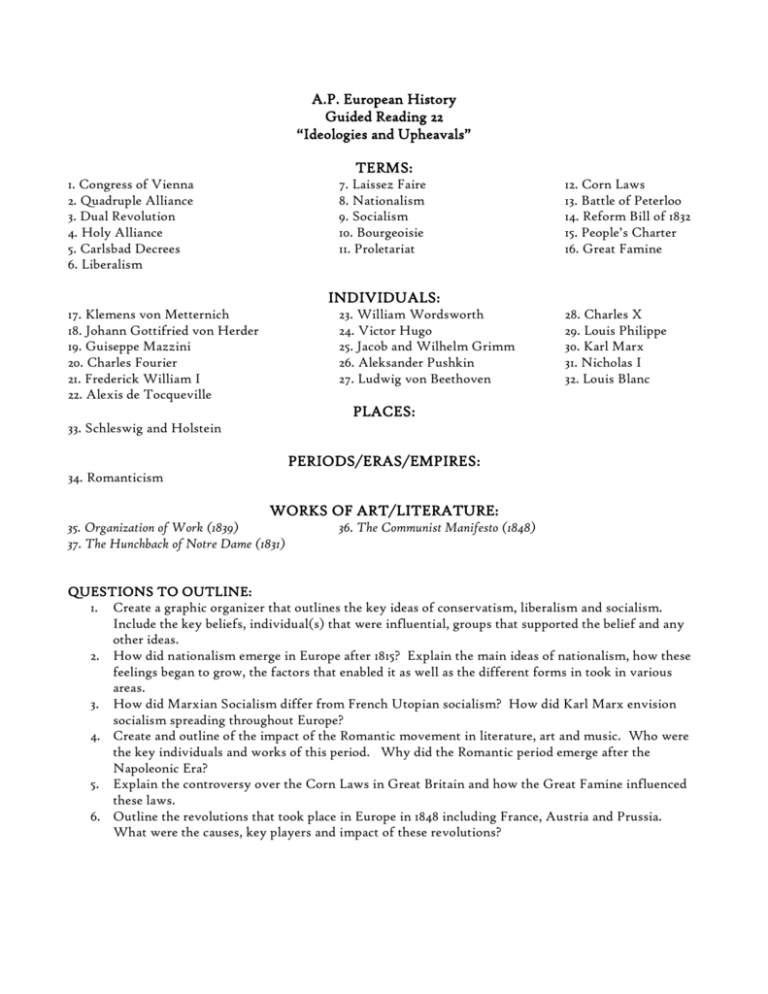
A.P. European History Guided Reading 22 “Ideologies and Upheavals” TERMS: 1. Congress of Vienna 2. Quadruple Alliance 3. Dual Revolution 4. Holy Alliance 5. Carlsbad Decrees 6. Liberalism 7. Laissez Faire 8. Nationalism 9. Socialism 10. Bourgeoisie 11. Proletariat 12. Corn Laws 13. Battle of Peterloo 14. Reform Bill of 1832 15. People’s Charter 16. Great Famine INDIVIDUALS: 17. Klemens von Metternich 18. Johann Gottifried von Herder 19. Guiseppe Mazzini 20. Charles Fourier 21. Frederick William I 22. Alexis de Tocqueville 23. William Wordsworth 24. Victor Hugo 25. Jacob and Wilhelm Grimm 26. Aleksander Pushkin 27. Ludwig von Beethoven 28. Charles X 29. Louis Philippe 30. Karl Marx 31. Nicholas I 32. Louis Blanc PLACES: 33. Schleswig and Holstein PERIODS/ERAS/EMPIRES: 34. Romanticism WORKS OF ART/LITERATURE: 35. Organization of Work (1839) 37. The Hunchback of Notre Dame (1831) 36. The Communist Manifesto (1848) QUESTIONS TO OUTLINE: 1. Create a graphic organizer that outlines the key ideas of conservatism, liberalism and socialism. Include the key beliefs, individual(s) that were influential, groups that supported the belief and any other ideas. 2. How did nationalism emerge in Europe after 1815? Explain the main ideas of nationalism, how these feelings began to grow, the factors that enabled it as well as the different forms in took in various areas. 3. How did Marxian Socialism differ from French Utopian socialism? How did Karl Marx envision socialism spreading throughout Europe? 4. Create and outline of the impact of the Romantic movement in literature, art and music. Who were the key individuals and works of this period. Why did the Romantic period emerge after the Napoleonic Era? 5. Explain the controversy over the Corn Laws in Great Britain and how the Great Famine influenced these laws. 6. Outline the revolutions that took place in Europe in 1848 including France, Austria and Prussia. What were the causes, key players and impact of these revolutions?
